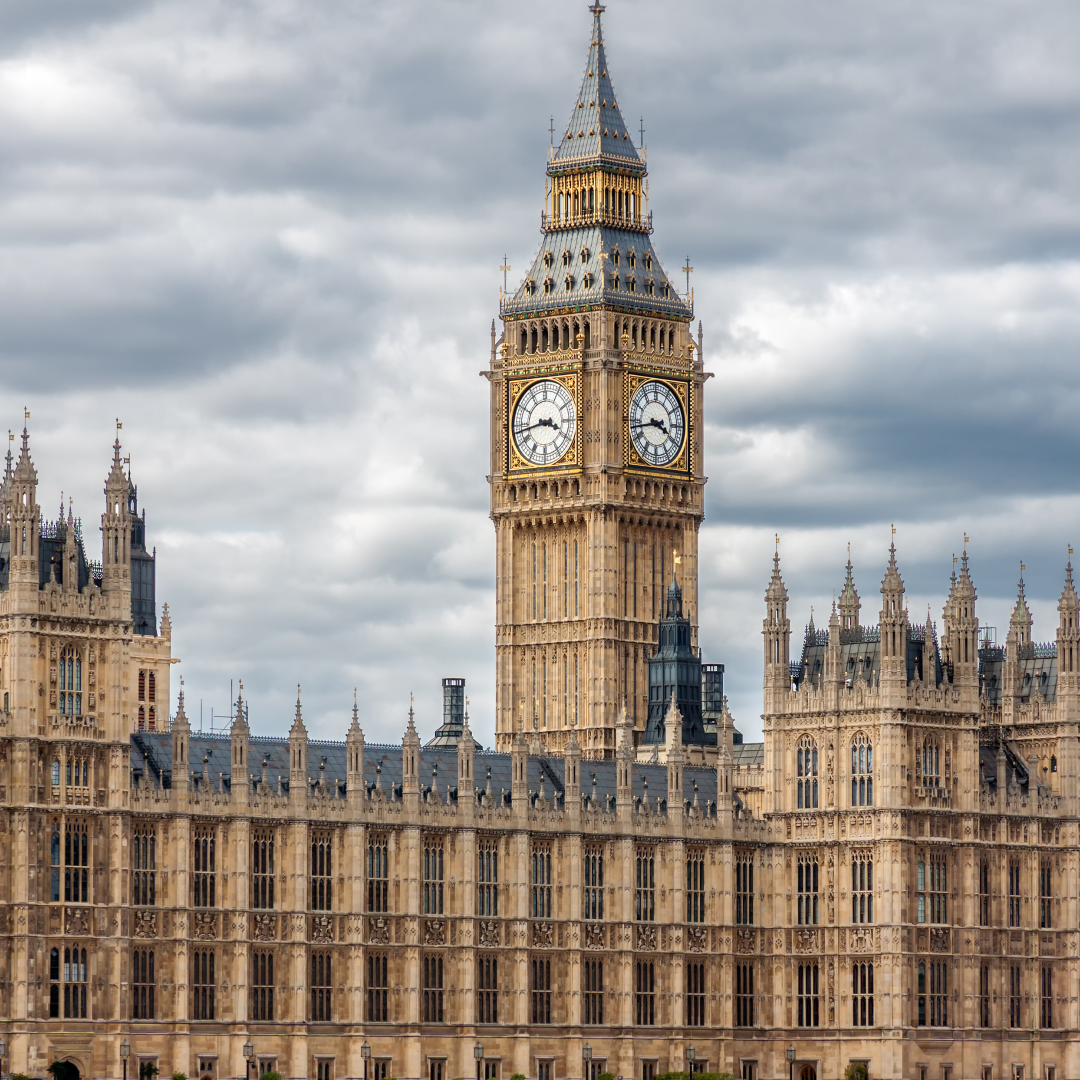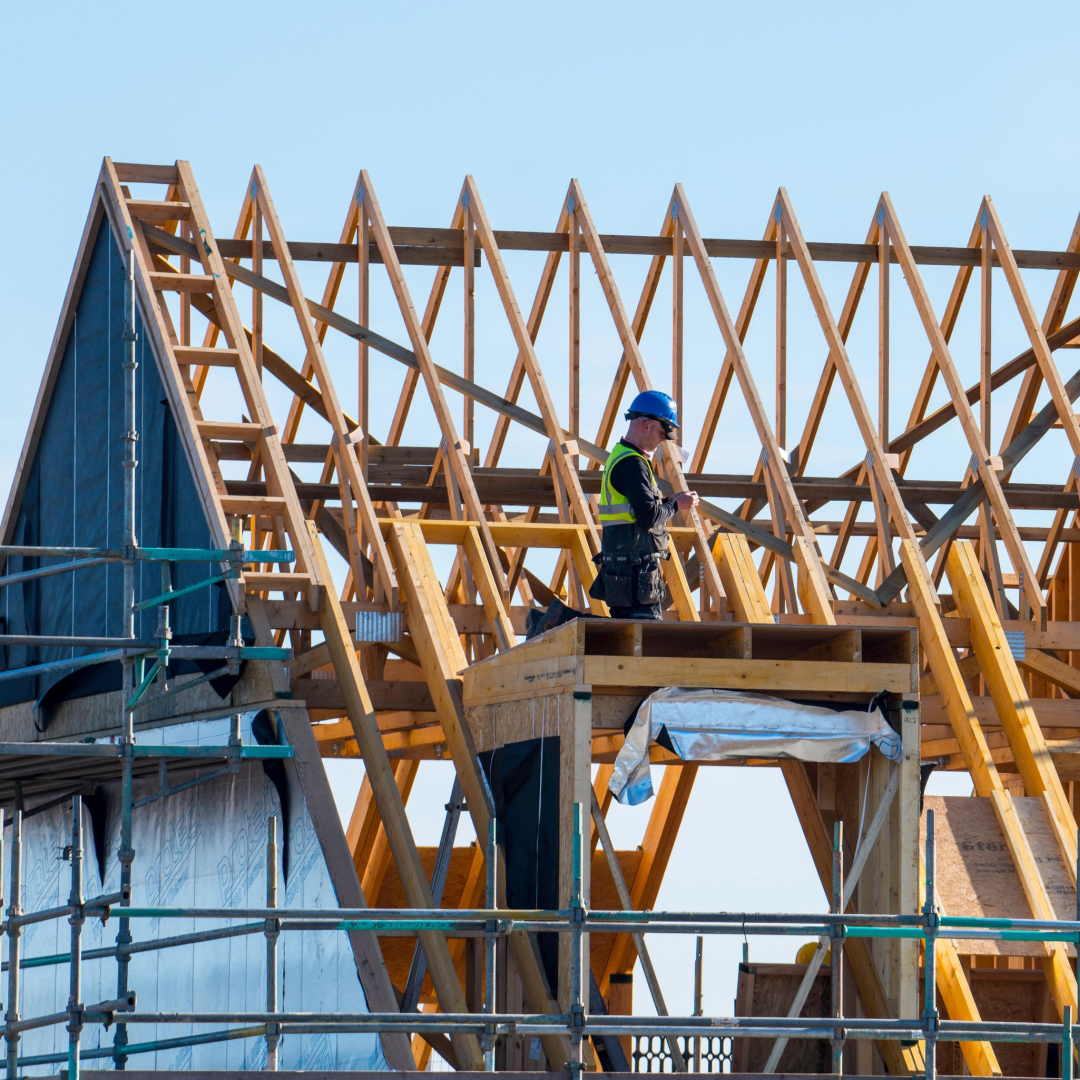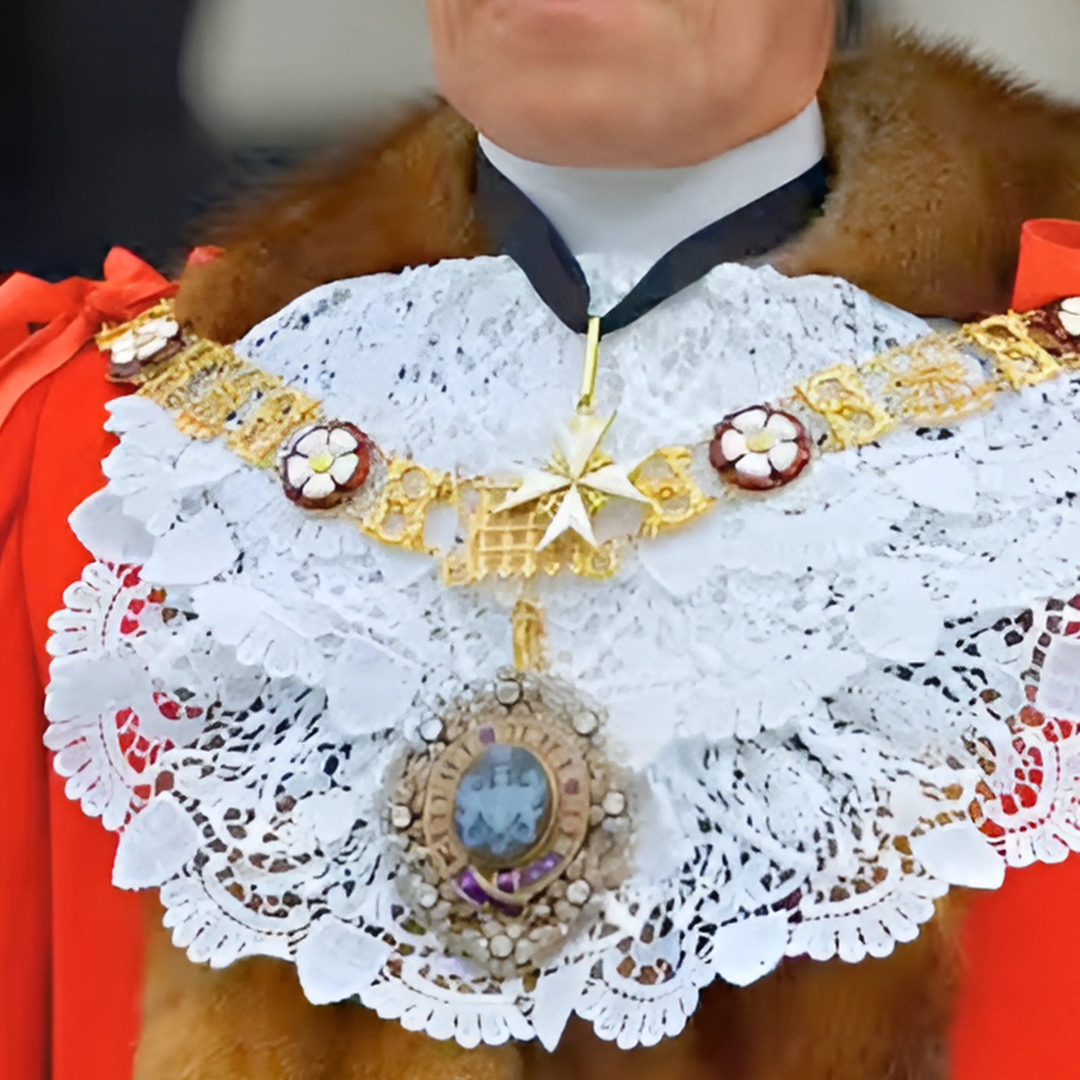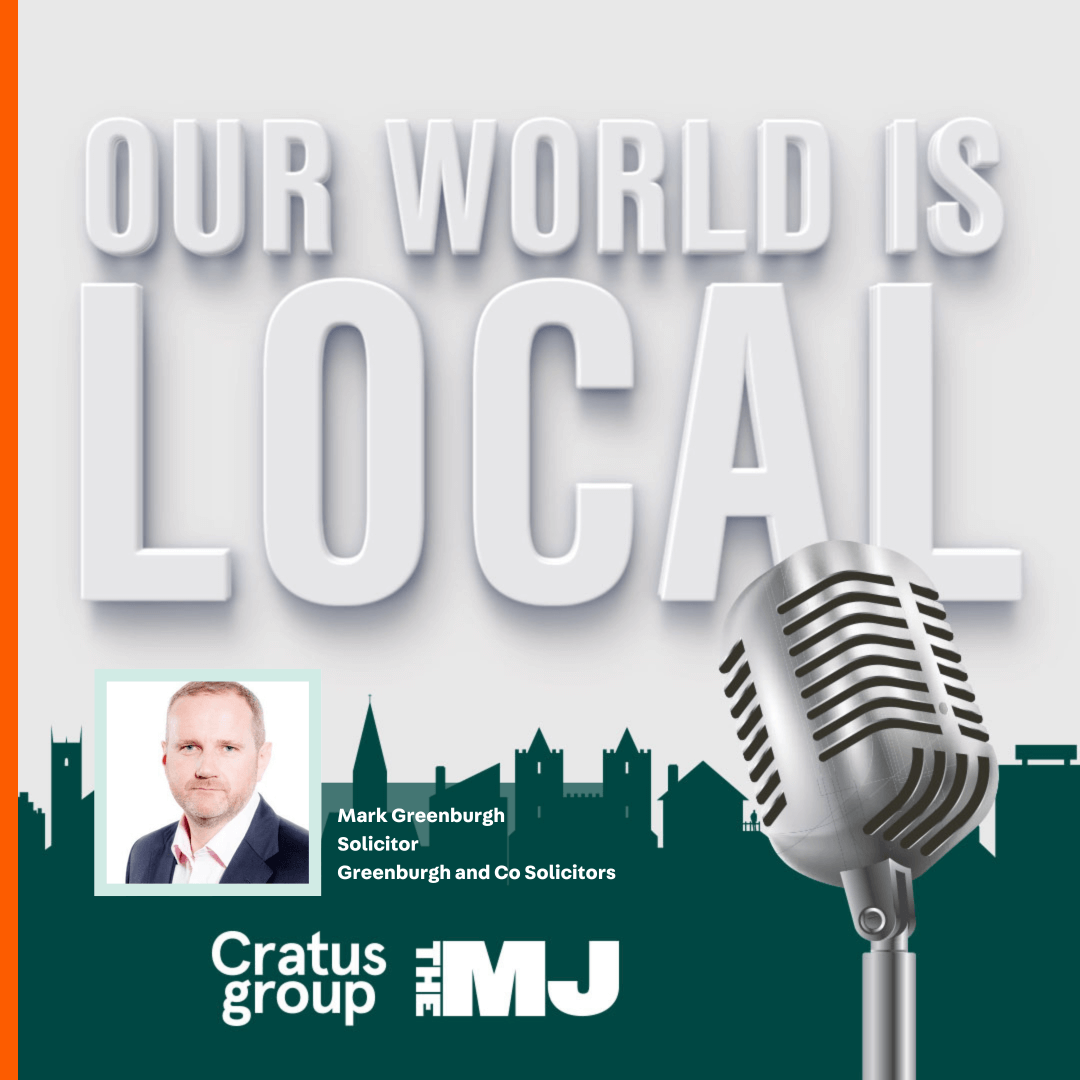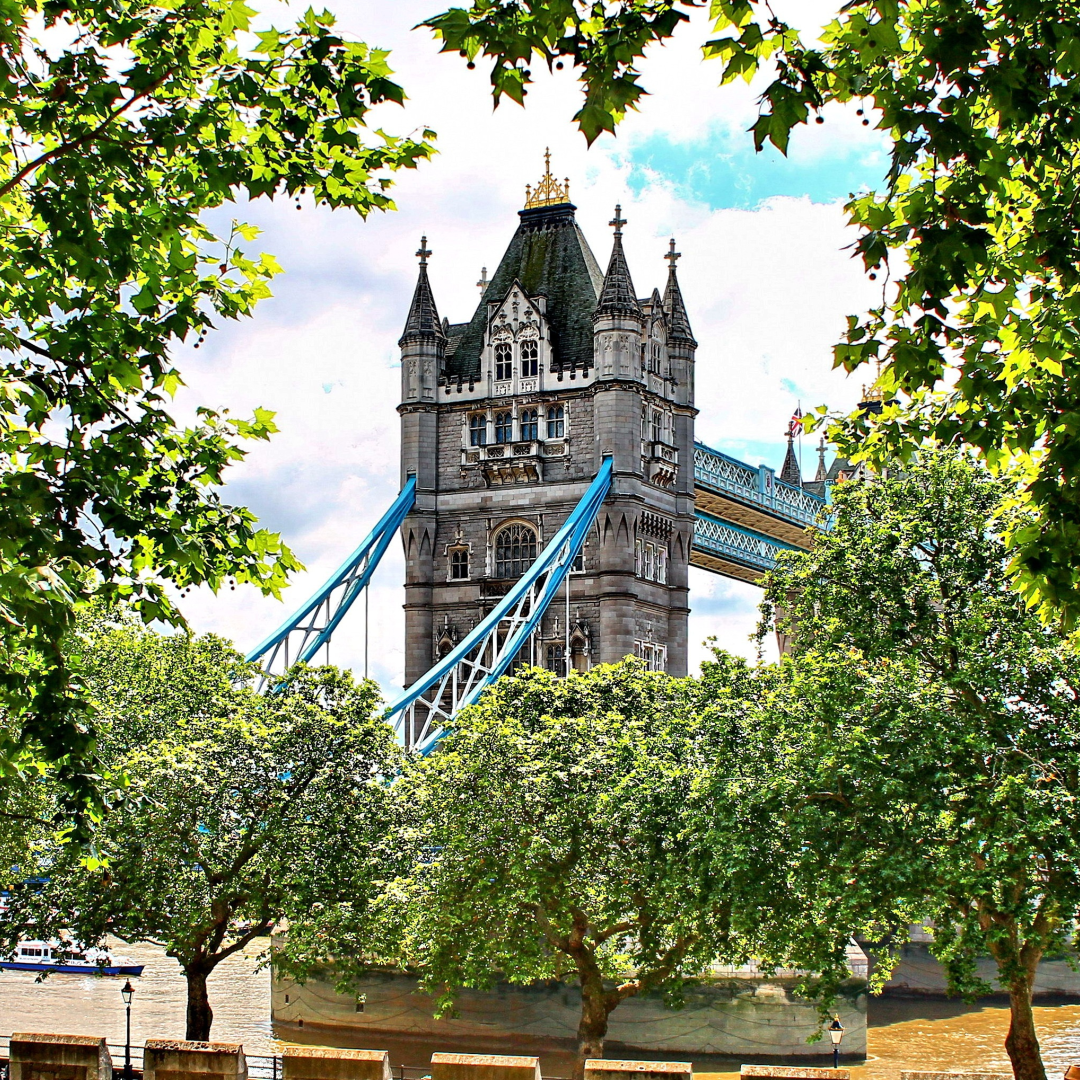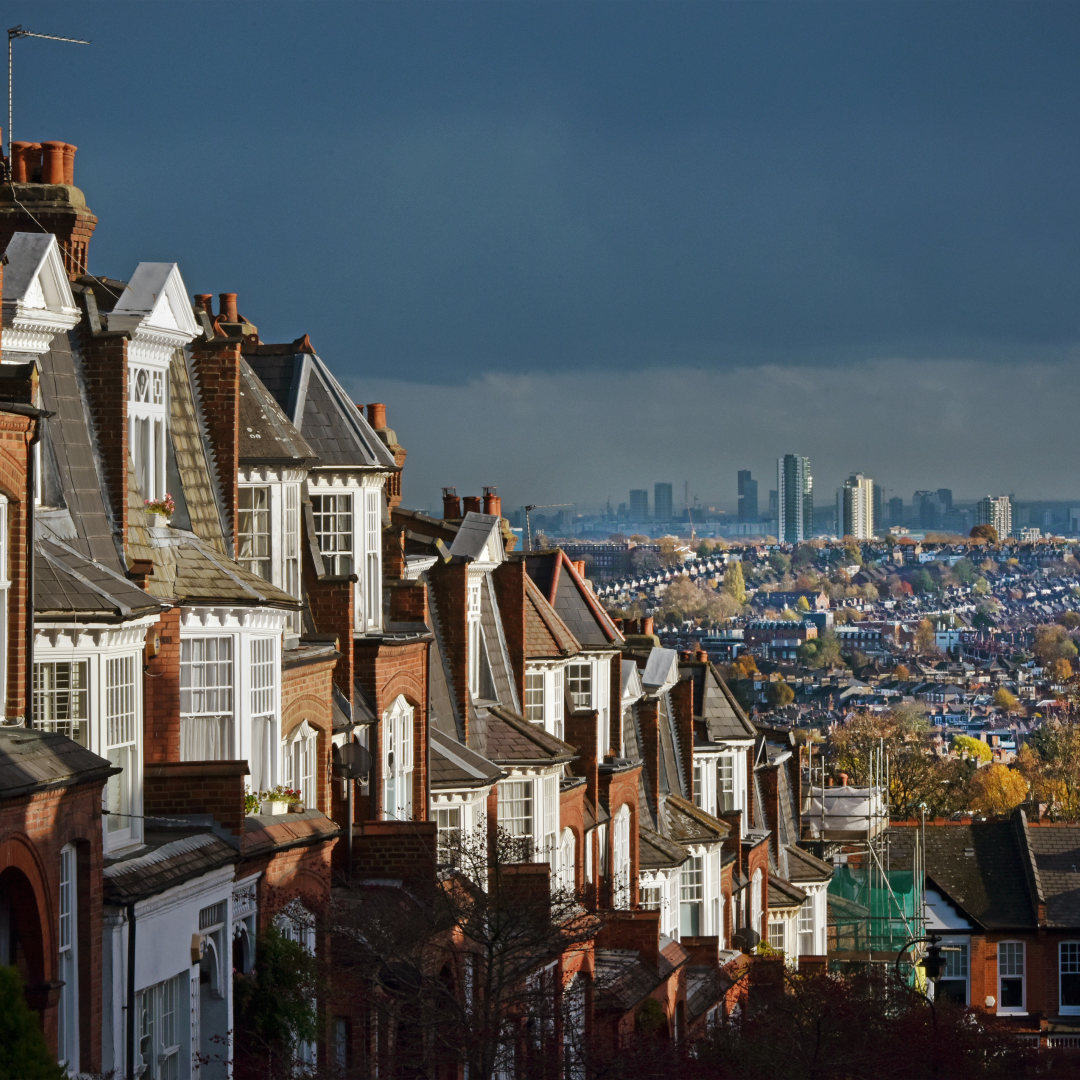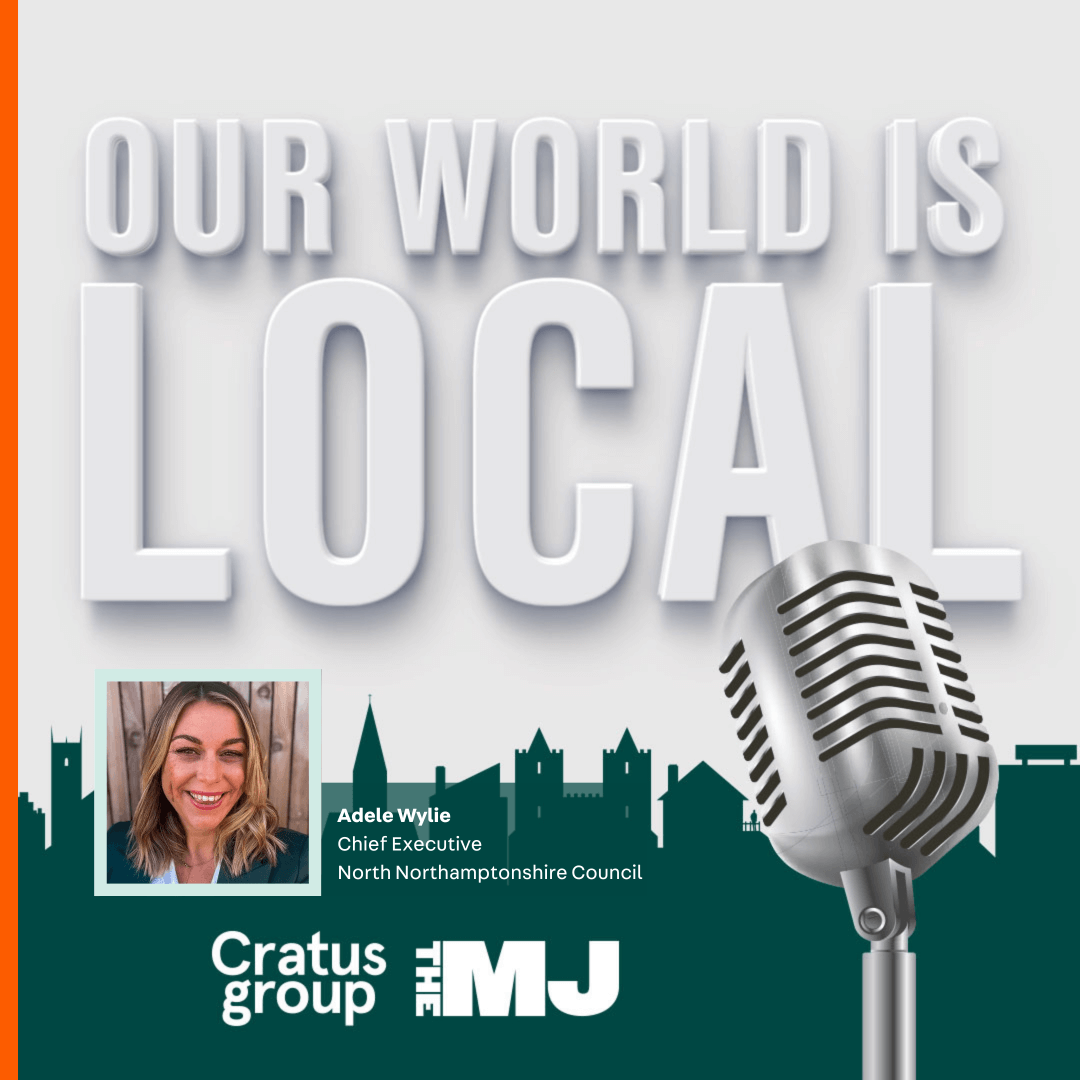How Developers and Councils can champion community-owned football clubs
While the Premier League understandably attracts most of the headlines, lower and non-league clubs are often the beating heart of their communities. Their grounds aren’t just places to watch a match; they’re local meeting paces, and a lifeline for grassroots football. But with financial pressures increasing, keeping grounds in the hands of the community has never been so challenging and important.
Fan and community ownership guarantees a level of protection from short-term opportunism, encourages better engagement and a stronger community connection. Too often, smaller clubs end up in financial trouble because owners chase quick wins, leaving them at risk of losing their historic homes – Bury and Macclesfield respective liquidations strike me as two prominent recent examples.
Community ownership, whilst not always practicable in the upper tiers of the footballing pyramid, aims to keep things sustainable, prioritising the long-term future of the club over ill-judged financial decisions which rack up debts instability. Taking a look closer to home at AFC Wimbledon, where I enjoyed many an afternoon at Kingsmeadow braving the elements as a season ticket holder before the move to Plough Lane, fan ownership has restored an element of stability in recent years and built a real connection with the local community.
This is not just about the football. In the wrong hands, entire communities can lose something irreplaceable. Wimbledon provides a refreshing example of the local authority working with developers to support its community outreach and aspirations to move to a new stadium when too often we see developers locking horns with clubs on disagreements about land or funding.
Whilst the reintroduction of the Football Governance Bill under the new Labour Government is a step in the right direction and aims to protect clubs and their status within the community by giving fans a louder voice, more action needs to be taken at a local level – developers and local authorities in particular have an opportunity here to support grassroots football and social value by working closer together through new developments.
Whether it be providing space for new sports facilities, funding for upgrades, offering affordable leases for facilities or providing sponsorship deals – developers can and often do play a pivotal role in ensuring the long-term sustainability of clubs.
There are many opportunities for developers and local authorities to work together to protect these spaces and it does not need to be all about the money. Yes, Councils can allocate grants and investment secured through CIL and S106 payments which will go a long way to relieving some of the financial burden, but, social initiatives like tournaments, charity games and training programmes for young people often raise awareness and encourage a deeper level of engagement building that relationship between community and club.
It’s a win-win, enabling developers to build relationships in the communities they operate and councils to support much-loved local clubs which can continue to service their residents. Only through collaboration can we ensure the game goes on for generations to come.
Cratus has recent experience of successfully acting for football clubs around Planning matters and would welcome hearing from anyone interested in future projects in this sector.
Do get in touch if you have any questions.

